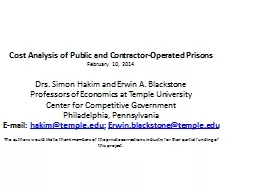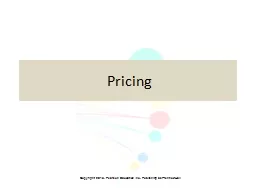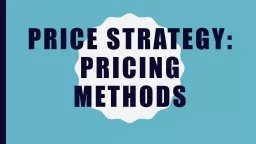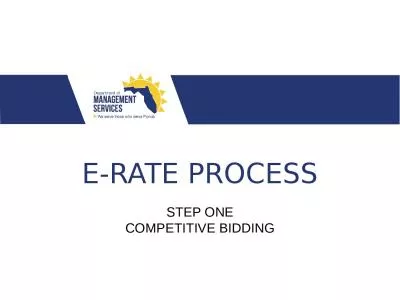PPT-Comparison of prison costs and contractor pricing: towards a more competitive model for
Author : faustina-dinatale | Published Date : 2018-02-21
market June 22 2016 Drs Simon Hakim and Erwin A Blackstone Professors of Economics at Temple University Center for Competitive Government Philadelphia Pennsylvania
Presentation Embed Code
Download Presentation
Download Presentation The PPT/PDF document "Comparison of prison costs and contracto..." is the property of its rightful owner. Permission is granted to download and print the materials on this website for personal, non-commercial use only, and to display it on your personal computer provided you do not modify the materials and that you retain all copyright notices contained in the materials. By downloading content from our website, you accept the terms of this agreement.
Comparison of prison costs and contractor pricing: towards a more competitive model for: Transcript
Download Rules Of Document
"Comparison of prison costs and contractor pricing: towards a more competitive model for"The content belongs to its owner. You may download and print it for personal use, without modification, and keep all copyright notices. By downloading, you agree to these terms.
Related Documents














